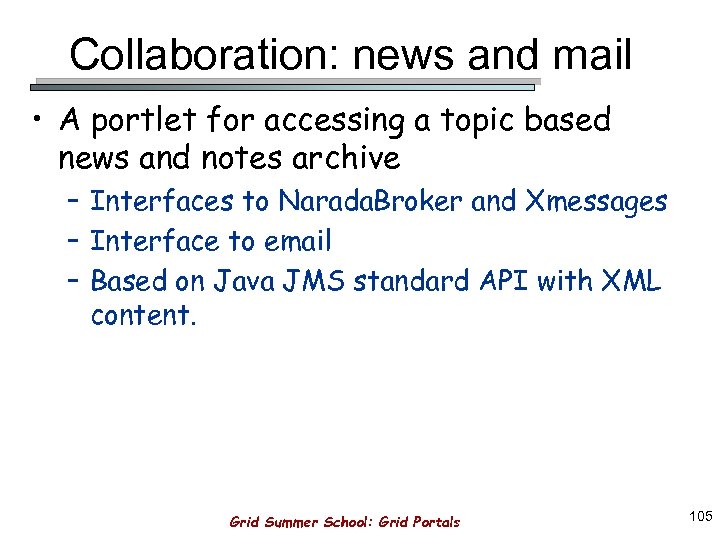
- #UNIVERSAL TYPE CLIENT GENERIC PORT HOW TO#
- #UNIVERSAL TYPE CLIENT GENERIC PORT INSTALL#
- #UNIVERSAL TYPE CLIENT GENERIC PORT UPDATE#
#UNIVERSAL TYPE CLIENT GENERIC PORT HOW TO#
How to find out what should you specify in the field of the print driver name when installing the driver via PowerShell? The specified print driver name must exactly match its internal system name, otherwise an error will appear during the driver installation.
#UNIVERSAL TYPE CLIENT GENERIC PORT INSTALL#
#UNIVERSAL TYPE CLIENT GENERIC PORT UPDATE#
Set-Printer – update the printer configuration.Set-PrintConfiguration – set the printer configuration.Resume-PrintJob – resume the paused print job.Restart-PrintJob – restart the print job.Remove-PrintJob – delete a print job on the printer.Remove-PrinterPort – remove the printer port.Remove-PrinterDriver - remove the printer driver.Read-PrinterNfcTag – get printer information from the NFC tag.Get-PrintJob – get a list of printer print jobs.

Get-PrinterProperty – show printer properties.Get-PrinterPort – displays the list of the printer ports.Get-PrinterDriver – display the list of the installed drivers.Get-Printer – display the list of printers installed on the computer.Get-PrintConfiguration – display printer configuration.Add-PrinterPort – create local print port.

Add-PrinterDriver – install new print driver.Add-Printer – add (install) new printer.The PrintManagement module include 22 PowerShell cmdlets for managing printers, drivers, print ports, and queues: You can get the full list of print, driver and print queue management cmdlets available in the PrintManagement module on Windows 10 (PowerShell v5) with the following command: Along with the release of Windows 8.1 and Windows Server 2012 R2, Microsoft released a new version of PowerShell 4.0 (a part of Windows Management Framework 4.0), which significantly extended the list of the Windows-based print server management cmdlets.


 0 kommentar(er)
0 kommentar(er)
